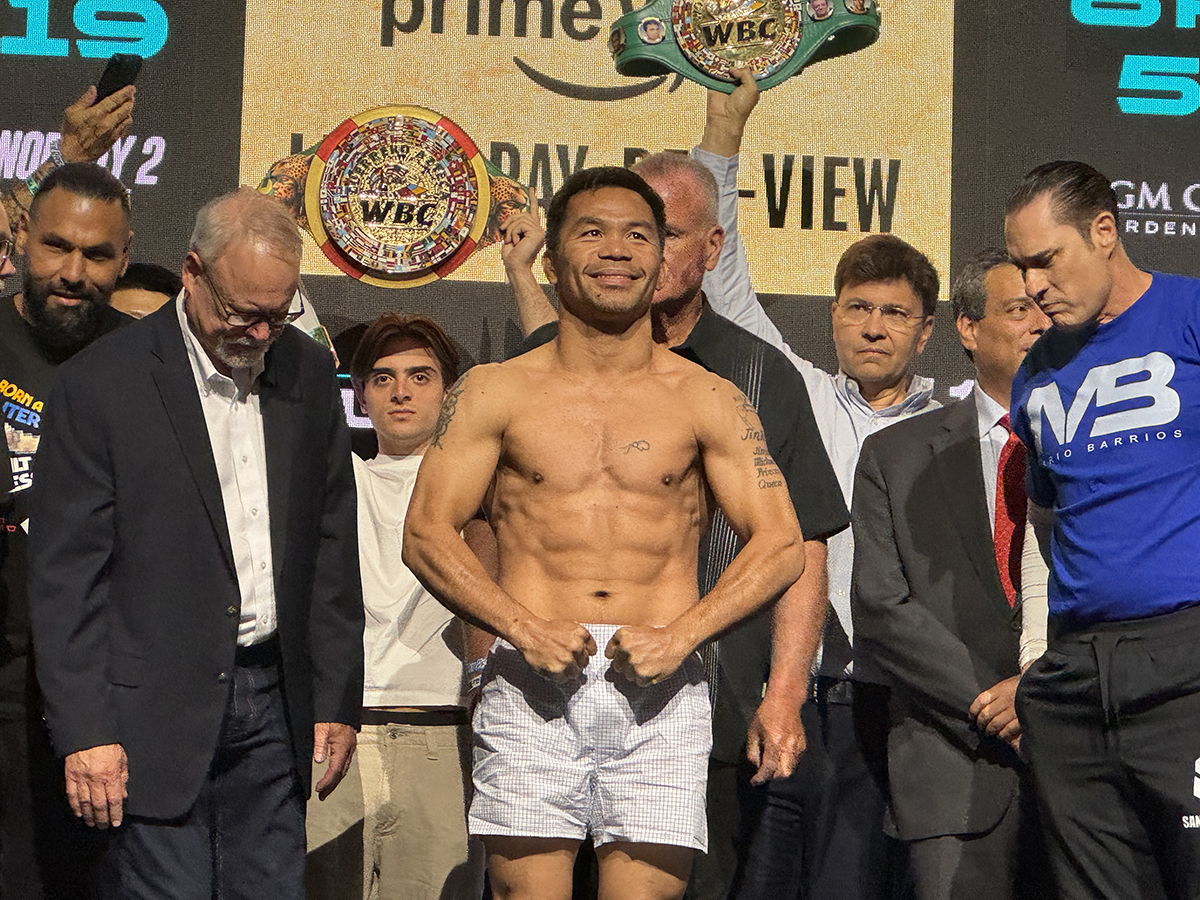On Saturday night, July 19, all eyes will look to Las Vegas to witness the comeback of one of the sport’s greatest and most decorated champions, Manny Pacquiao.
As Pacquiao looks to push the sun back up into the sky to postpone the inevitable sunset on an illustrious career, his impending professional return, at the age of 46, with the decision to challenge a younger, reigning champion like Mario Barrios stirs familiar anxieties.
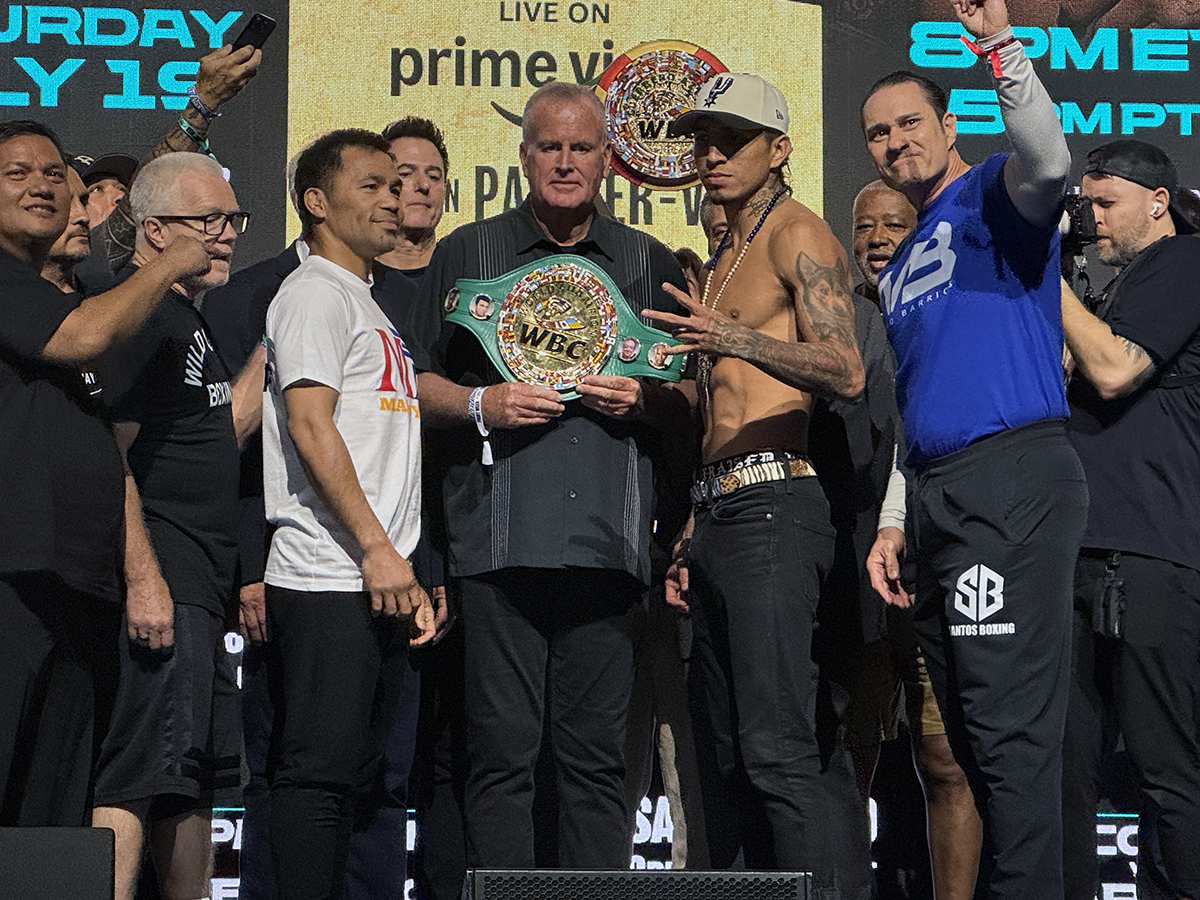
We are reminded that while many people point to Rocky Marciano, Joe Calzaghe, and Floyd Mayweather as boxing’s undefeated champions, there is one opponent who is undefeated in all sports: TIME.
In the unforgiving realm of professional boxing, the allure of the comeback can be a potent and dangerous mistress. For some of the sport’s most legendary figures, the roar of the crowd, the financial rewards, and the yearning for past glory have proven irresistible, often leading to a painful denouement.
Here are the ill-fated returns of three all-time greats – Mike Tyson, Joe Louis, and Muhammad Ali – whose post-retirement forays back into the ring ended not with triumph, but with definitive, and at times brutal, defeats.
While boxing history is replete with stories of improbable comebacks and glorious second acts, there are so many more stories of crushing failure.
For every George Foreman defying Father Time, there are countless others who, in their pursuit of past brilliance, discover that the clock cannot be turned back.
The tales of Mike Tyson, Joe Louis, and Muhammad Ali serve as stark reminders that while the spirit may be willing, the flesh and the reflexes often have other plans.
Mike Tyson: The Baddest Man on the Planet, Grounded
Mike Tyson, a force of nature in his prime, epitomized raw power and intimidation. His meteoric rise to the undisputed heavyweight championship in the late 1980s was marked by devastating knockouts and an aura of invincibility. Yet, as personal struggles mounted and his career became increasingly erratic, the once-unassailable “Iron Mike” began to show vulnerabilities.
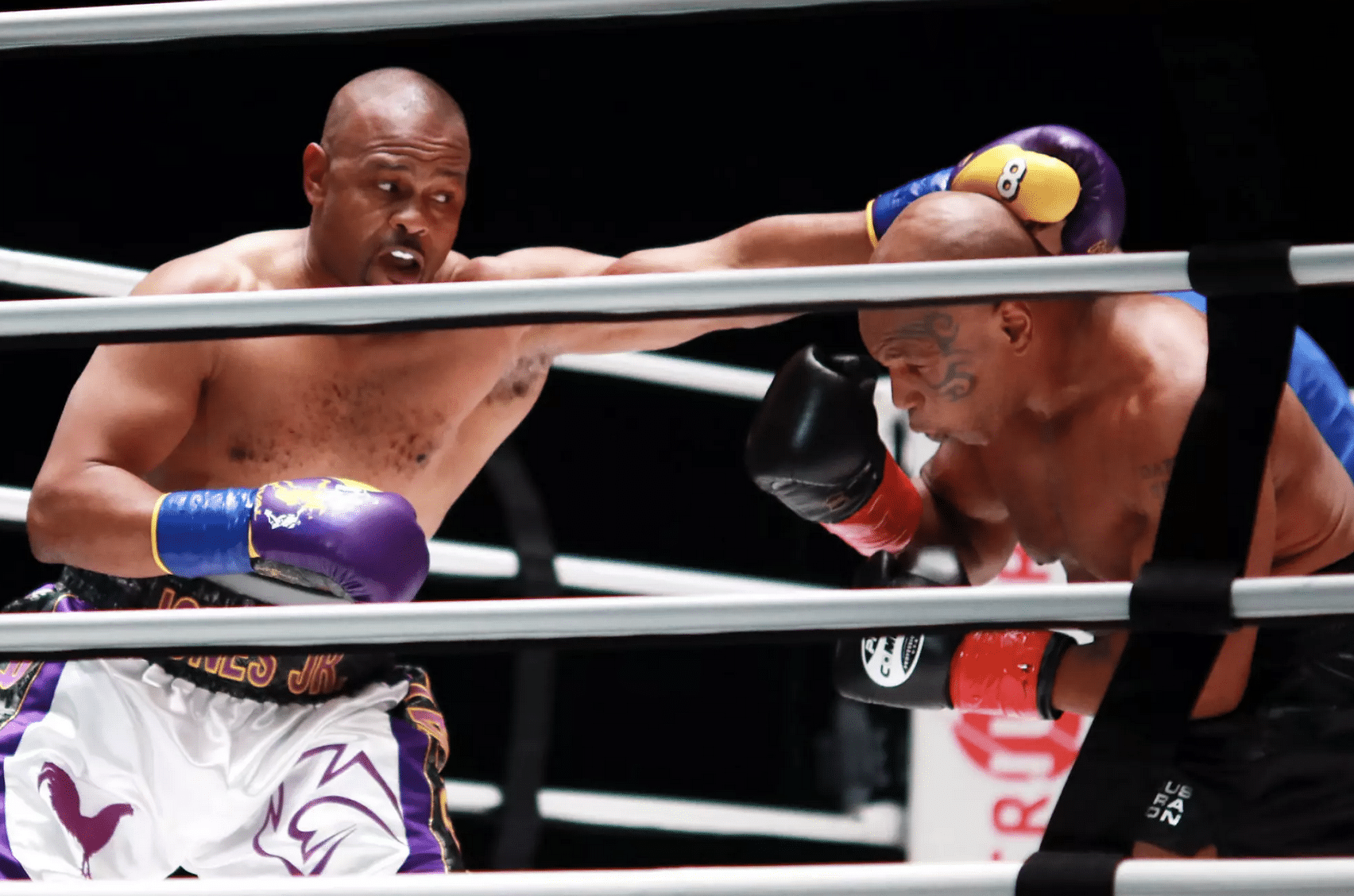
Tyson’s official retirement came after a loss to Kevin McBride in 2005, a fight in which he quit on his stool. However, the pull of the ring and perhaps financial motivations proved too strong to resist.
In 2020, at the age of 54, Tyson announced an exhibition bout against fellow legend Roy Jones Jr. While officially an exhibition, the fight garnered immense attention, with many hoping to see flashes of the old “Kid Dynamite.”
Though Tyson showed glimpses of his power, particularly in the early rounds, the fight was a draw, revealing a considerably slower and less explosive version of the champion. More significantly, in the years following, Tyson continued to hint at a full professional return and even booked a professional bout against Jake Paul.
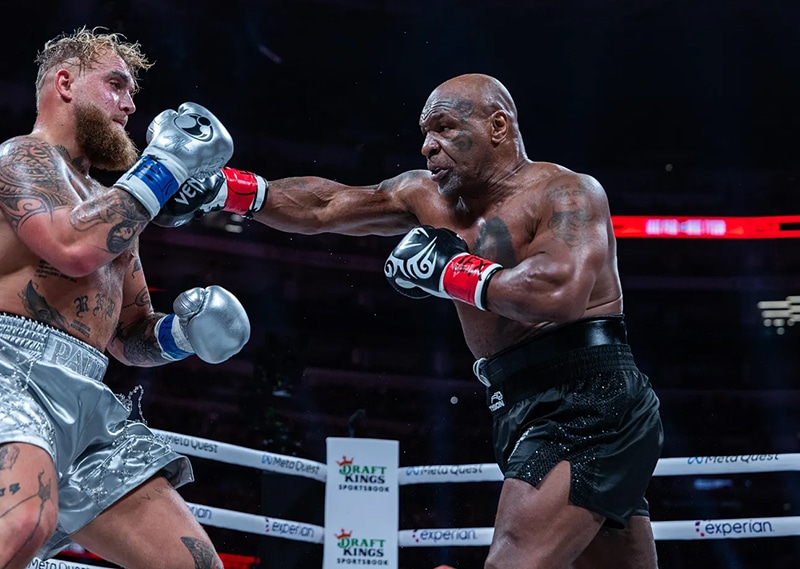
The relative novice Paul defeated Tyson by unanimous decision after eight dull two-minute rounds. While Tyson showed flashes, particularly in the early rounds, his age and ring rust were painfully evident. He quickly tired, and Paul, who was younger and more active, outboxed him for much of the fight, ultimately controlling the later rounds.
Despite some pre-fight antics and trash talk, the fight itself was not a classic and received mixed reactions, with many boxing purists lamenting the spectacle of an aging legend getting beaten by a YouTube influencer.
Joe Louis: The Brown Bomber’s Last Stand
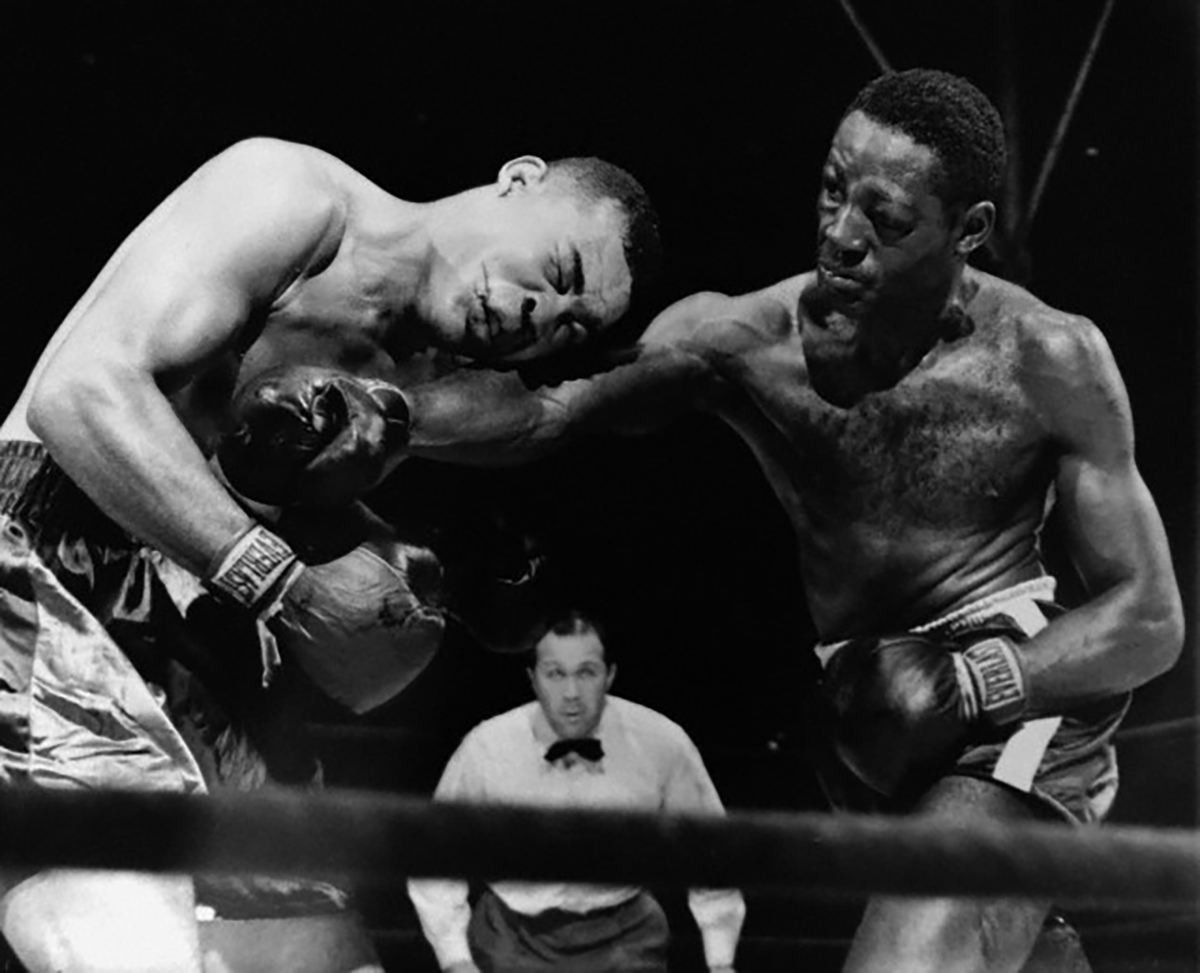
Joe Louis, “The Brown Bomber,” reigned as heavyweight champion for an unprecedented 11 years and eight months, defending his title a record 25 times. He retired in 1949 as the undefeated champion, a true icon of American sports. However, crippling financial issues, largely due to mismanagement and unpaid taxes, forced him back into the ring.
In 1950, Louis launched his comeback, winning a series of fights against lesser opponents. The dream of reclaiming his title, however, led him to face the formidable new champion, Ezzard Charles, in September 1950. Louis, at 36, was a shadow of his former self. He had lost much of his speed, his once-feared punching power had diminished, and his ability to absorb punishment was no longer what it once was.
Charles, a younger, stronger, and more agile champion, thoroughly outboxed Louis, winning a unanimous 15-round decision. It was a disheartening sight for fans who remembered the unstoppable force.
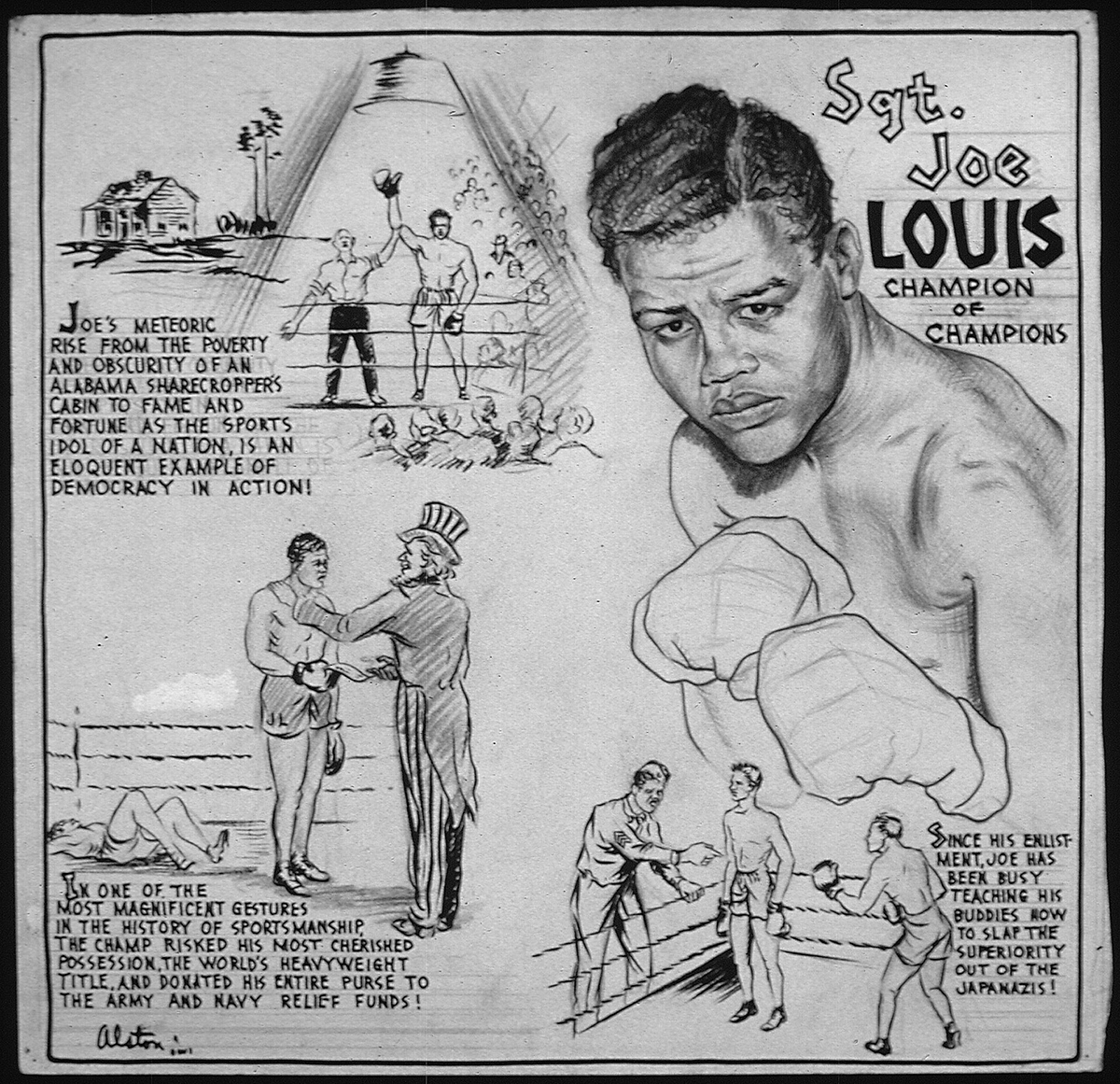
Undeterred by this defeat, Louis continued to fight, driven by his financial woes. His final professional bout came in October 1951 against the undefeated, rising star Rocky Marciano. Marciano, known for his relentless aggression and concussive power, was too much for the aging Louis.
In the eighth round, Marciano unleashed a series of brutal punches that sent Louis through the ropes and out of the ring, ending the fight via knockout. It was a poignant and painful end to the career of one of boxing’s most beloved champions, a stark illustration of time’s unforgiving march.
Muhammad Ali: The Greatest’s Tragic Swansong
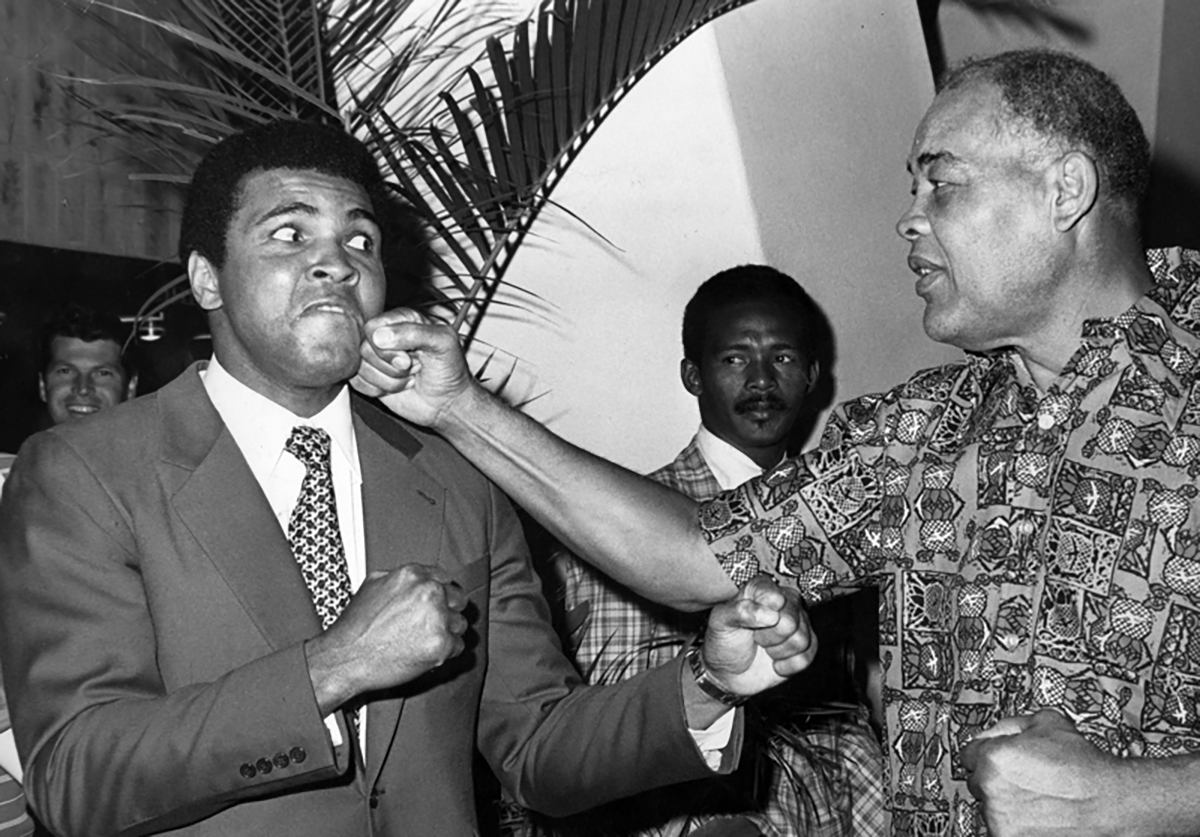
Muhammad Ali, “The Greatest,” transcended boxing to become a global icon. His dazzling footwork, lightning-fast hands, and charismatic personality made him a revolutionary figure in and out of the ring. After an illustrious career that included three heavyweight title reigns and legendary bouts against Sonny Liston, Joe Frazier, and George Foreman, Ali retired in 1979.

However, the competitive fire still burned, and perhaps the desire for one more significant payday led Ali to attempt a comeback in 1980 against his former sparring partner, Larry Holmes, the reigning WBC heavyweight champion.
The fight, held in Las Vegas, was a deeply uncomfortable spectacle. Ali, at 38, was clearly unwell and was battered throughout the contest. His once-unparalleled reflexes were gone, his speech was slurred, and his movements were stiff.
Holmes, who had tremendous respect for Ali, fought with restraint for much of the fight, but the beating was nonetheless severe. After ten one-sided rounds, Ali’s corner mercifully stopped the fight, giving Holmes a TKO victory.
It was the only time Ali was ever stopped in his professional career, and a truly heartbreaking sight for anyone who had witnessed his prime.
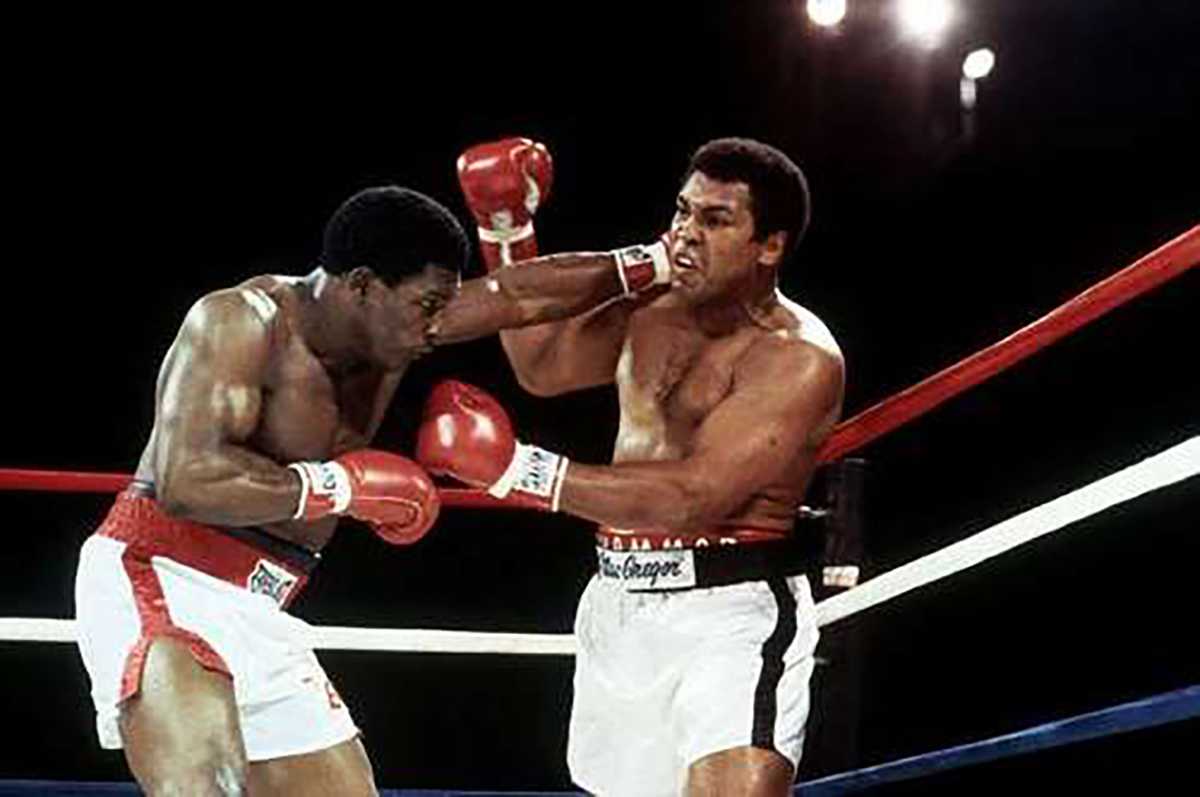
Tragically, Ali’s ill-advised return didn’t end there. In 1981, he fought Trevor Berbick in the Bahamas. Another decisive loss, this time a unanimous decision over ten rounds, further underscored the decline of a true legend.
These final two fights undeniably contributed to the deterioration of Ali’s health, making his post-retirement struggles even more poignant.
The Enduring Lesson of The Aging Champions
The stories of Mike Tyson, Joe Louis, and Muhammad Ali’s ill-fated comebacks serve as powerful cautionary tales. They remind us that even the most extraordinary athletes are ultimately subject to the ravages of time and the cumulative toll of the most demanding sport. For these three giants of the ring, their final outings, though painful to witness, offer a sobering lesson about the true price of the comeback.
